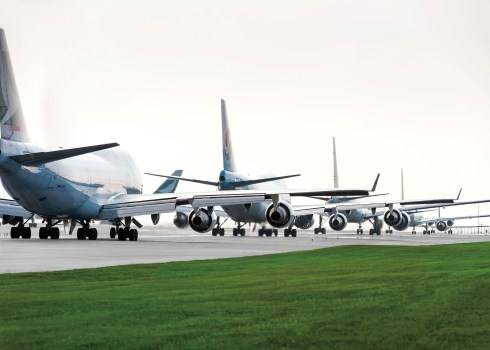The International Air Transport Association (IATA) has released the latest update to its 20-year Air Passenger Forecast, which predicts a near doubling of the 4bn air travelers expected to fly this year.
The International Air Transport Association (IATA) has released the latest update to its 20-year Air Passenger Forecast. IATA expects 7.8bn passengers to travel in 2036, a near doubling of the 4bn air travellers expected to fly this year. The prediction is based on a 3.6% average Compound Annual Growth Rate (CAGR) and depends on current levels of trade liberalisation and visa facilitation being maintained.
The biggest driver of demand will be the Asia Pacific region — the source of more than half the new passengers over the next two decades. The point at which China will displace the United States as the world’s largest aviation market (defined as traffic to, from and within the country) has moved two years closer since last year’s forecast and is now anticipated to occur around 2022.
The UK will fall to fifth place, surpassed by India in 2025, and Indonesia in 2030. Thailand and Turkey will enter the top ten largest markets, while France and Italy will fall in the rankings to 11th and 12th respectively.
The five fastest-growing markets in terms of annual additional passengers in 2036 compared to 2016 will be:
- China (921m new passengers for a total of 1.5bn)
- U.S. (401m new passengers for a total of 1.1bn)
- India (337m new passengers for a total of 478m)
- Indonesia (235m new passengers for a total of 355m)
- Turkey (119m new passengers for a total of 196m).
Many of the fastest-growing markets — mostly in Africa — are achieving a compound growth rate of more than 7.2% per year, meaning their market will double in size each decade.
In terms of regional growth rates, Africa leads the way with an annual average growth rate of 5.9% over the period, followed by the Middle East (5.0%) and Asia-Pacific (4.6%).

